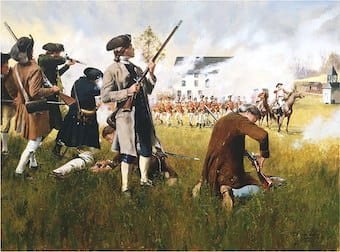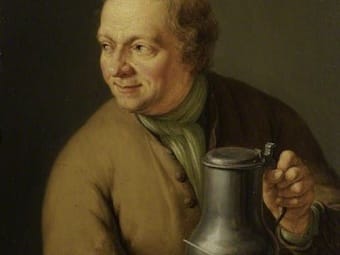In 1685, Lord Halifax set out his vision of the British Constitution, emphasising that it blended centralised authority and protection for individual liberties in due proportion. The Crown ultimately exercised executive power, but did so with the purpose of securing rather than removing individual liberties, as governing a free people is the greatest privilege for any monarch.
Halifax went on to compare state-building with architecture, saying that in both cases one should blend the best styles rather than be stubbornly purist. One may see that all things are in balance, he said, when the arts and sciences are trusted with liberty; for where there is tyranny, they are sure to be kept on a short leash.
115 words


